While macronutrients such as nitrogen, phosphorus, and potassium get most of the attention in cannabis cultivation, micronutrients play an equally critical role in ensuring healthy, high-yielding plants. These essential minerals, required in much smaller quantities, regulate everything from chlorophyll production to enzyme activation. In 2025, as cannabis cultivation becomes increasingly data-driven, growers are placing more emphasis on monitoring and optimising micronutrient levels to prevent deficiencies that can quietly undermine yields. Understanding the function of each micronutrient, recognising the symptoms of imbalance, and applying corrective measures are key steps for achieving optimal plant performance.
The Essential Micronutrients for Cannabis
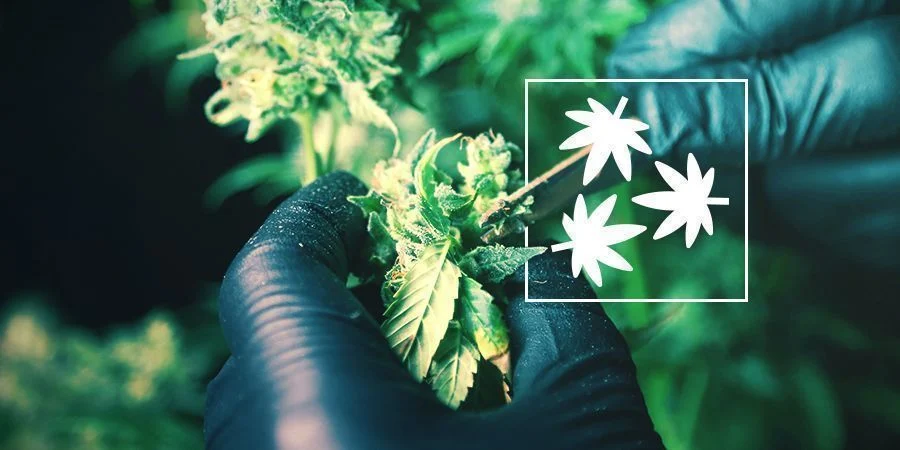
Cannabis plants require a range of micronutrients to thrive, including calcium, magnesium, sulfur, iron, manganese, zinc, copper, boron, molybdenum, and chlorine. Each of these elements serves specific physiological functions—calcium strengthens cell walls, magnesium is central to chlorophyll production, and iron is vital for energy transfer within the plant. Manganese supports photosynthesis, zinc aids in hormone production, and boron is essential for root growth and flower development. Even trace deficiencies can disrupt these processes, leading to stunted growth, reduced bud formation, or poor terpene expression. In modern cultivation, many nutrient lines provide a balanced blend of micronutrients, but precision supplementation is often needed based on the plant’s stage of development and environmental conditions.
Recognising Micronutrient Deficiencies
Identifying micronutrient deficiencies early is crucial, as they can escalate quickly and affect entire crops. Calcium deficiency often manifests as distorted new growth or necrotic leaf tips, while magnesium deficiency appears as interveinal chlorosis—yellowing between leaf veins—starting on older leaves. Iron deficiencies cause yellowing in young leaves, with veins remaining green, and zinc deficiencies can result in shortened internodes and crinkled leaves. Manganese deficiency shows as mottled chlorosis, often mistaken for magnesium issues. Because symptoms can overlap with other stress factors like pH imbalance or overwatering, growers in 2025 increasingly use leaf tissue analysis and digital crop monitoring systems to confirm diagnoses before applying corrective treatments.
Supplementing Micronutrients Effectively
The most effective way to supplement micronutrients depends on the cultivation method, growing medium, and severity of the deficiency. In soil grows, deficiencies often stem from nutrient lockout due to improper pH levels rather than an actual lack of minerals, making pH correction the first step. In hydroponic and coco coir systems, deficiencies can appear more quickly, requiring targeted supplementation through liquid nutrient solutions or foliar sprays for rapid absorption. Calcium and magnesium supplements, often combined in “Cal-Mag” products, are among the most common additives used by cannabis cultivators. Iron chelates are preferred for correcting iron deficiencies, while boron and zinc are typically applied in highly diluted forms to avoid toxicity. Proper dosing is essential, as excess micronutrients can cause toxicity and harm plant health.
Micronutrients and Growth Stages
Cannabis plants have varying micronutrient needs depending on their growth stage. In the vegetative phase, magnesium and calcium are in high demand to support rapid cell division and chlorophyll synthesis, while zinc and manganese are critical for enzyme activity and hormonal regulation. During flowering, boron becomes increasingly important for bud formation, and sulfur contributes to terpene production and aroma. Iron remains essential throughout the plant’s lifecycle, ensuring efficient energy transfer during photosynthesis. Modern feeding schedules in 2025 are often tailored to these stage-specific requirements, with cultivators adjusting their micronutrient blends as plants transition from vegetative growth to flowering.
Advanced Micronutrient Management in 2025
Today’s top cannabis cultivators are leveraging technology to manage micronutrients with unprecedented precision. Automated hydroponic systems now feature real-time nutrient sensors that detect and adjust micronutrient levels before deficiencies appear. AI-driven crop management software analyses historical growth data to recommend proactive feeding adjustments based on environmental factors like temperature, humidity, and light intensity. Many organic growers are also turning to mineral-rich amendments such as kelp meal, gypsum, and rock dust, which release micronutrients slowly and improve soil structure. This combination of technological precision and sustainable practices is setting new benchmarks for cannabis plant health and yield.
Avoiding Micronutrient Toxicity
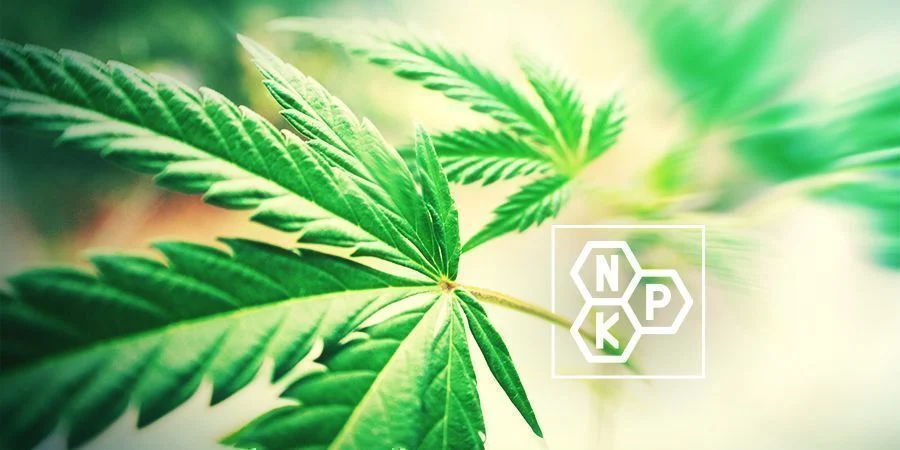
While deficiencies are a common concern, over-supplementation can be equally damaging. Excess manganese, for example, can inhibit iron uptake, while too much boron can cause leaf tip burn and necrosis. Toxicity symptoms often mimic deficiencies, making accurate diagnosis critical. The key to avoiding toxicity is to start with balanced nutrient formulations, monitor plant health closely, and make incremental adjustments rather than large corrective doses. In 2025, the most successful growers rely on consistent monitoring, controlled feeding, and preventative strategies to maintain micronutrient balance throughout the growth cycle.
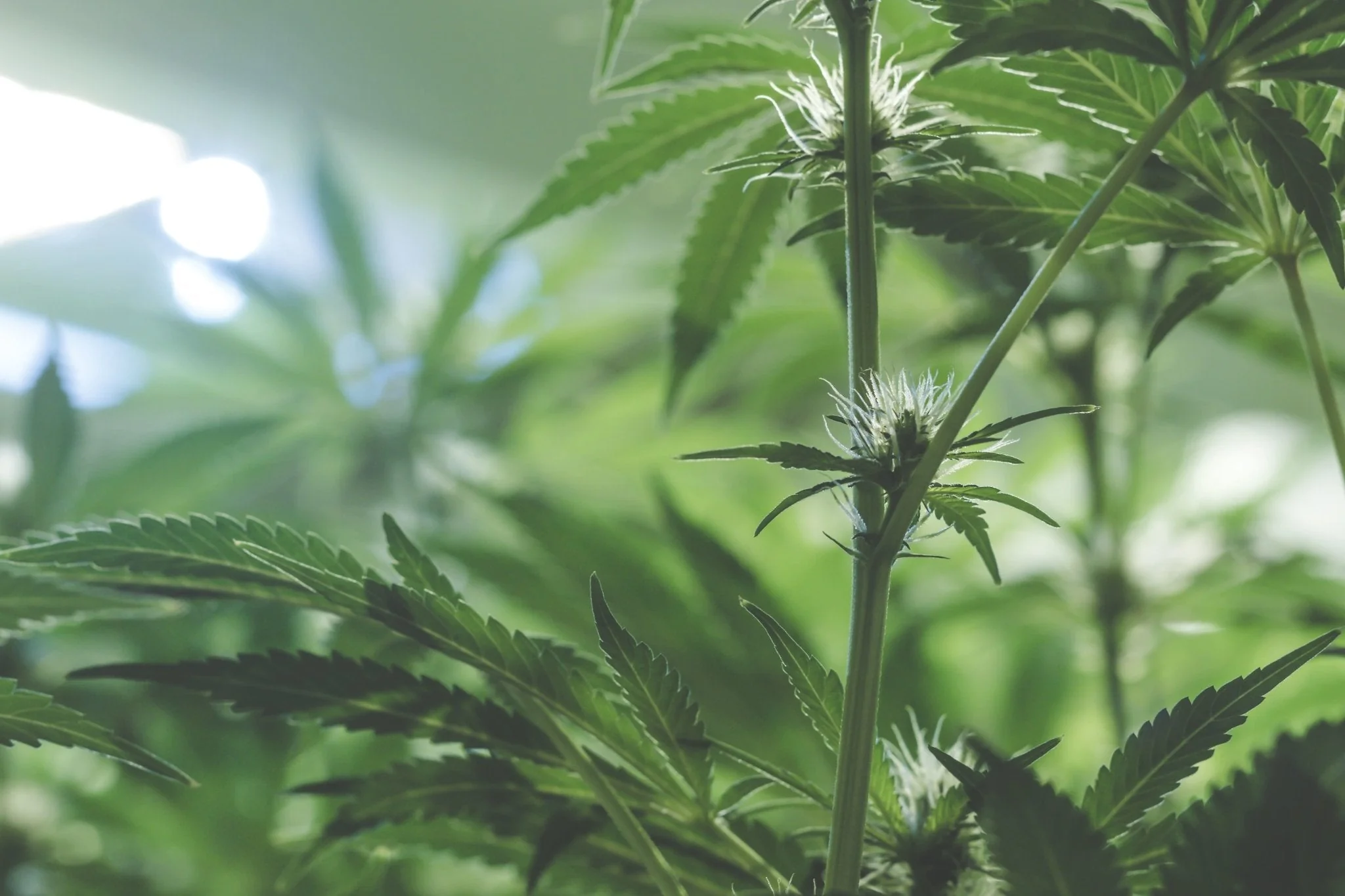
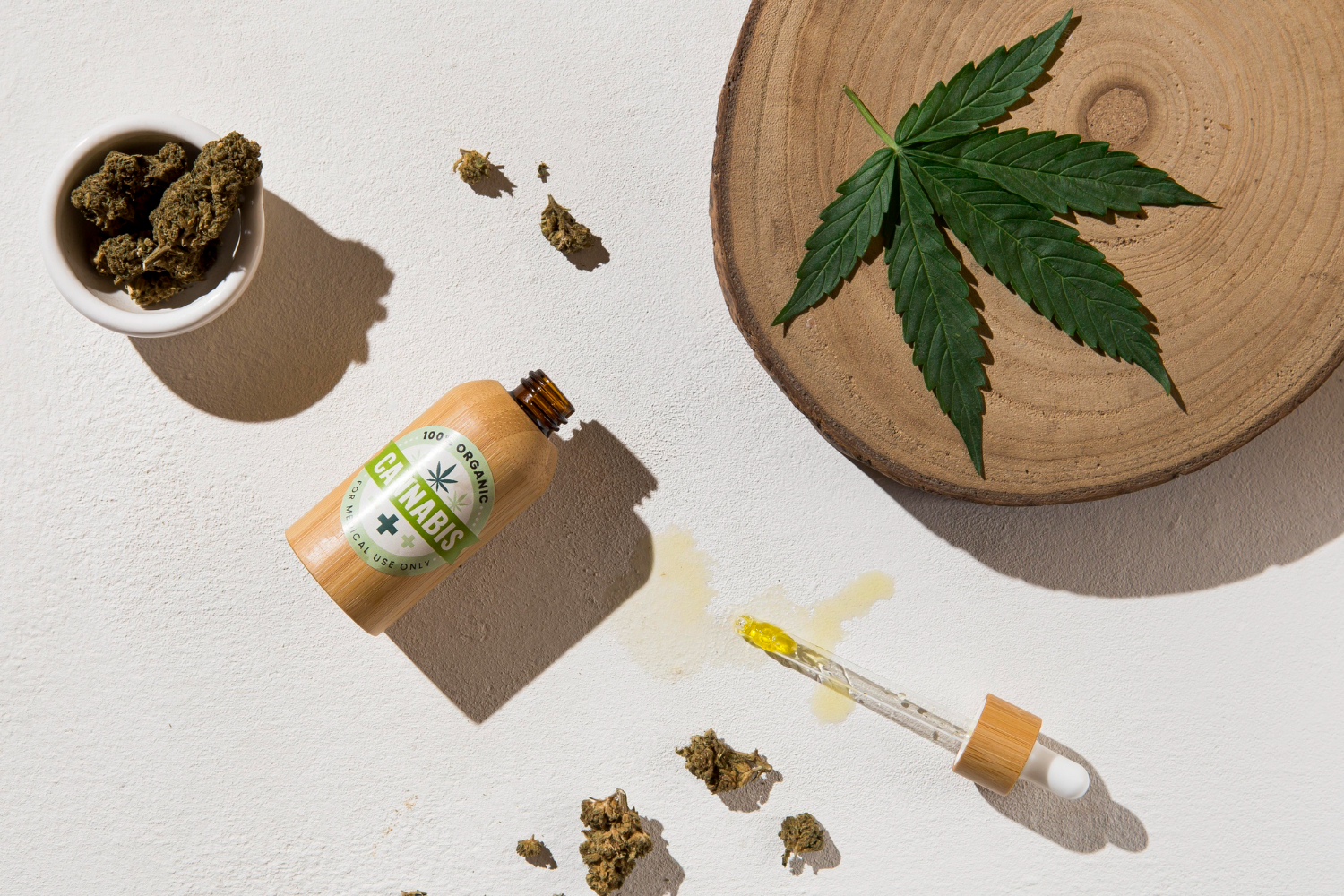

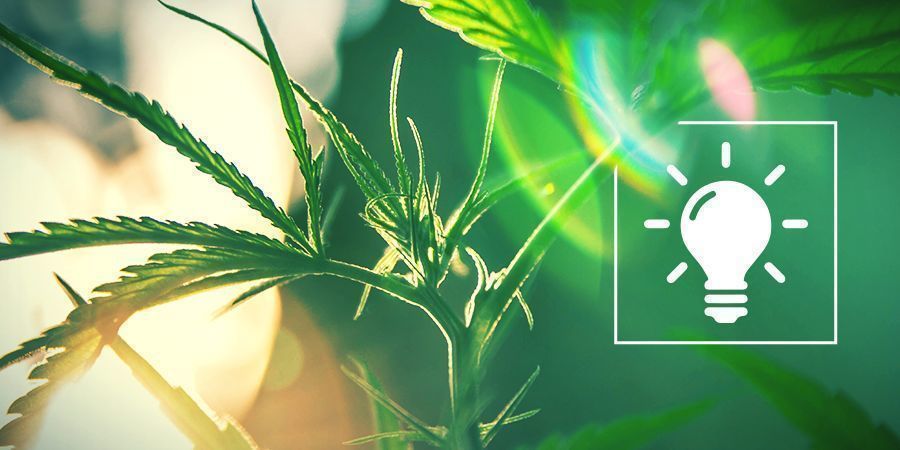

Leave a Reply